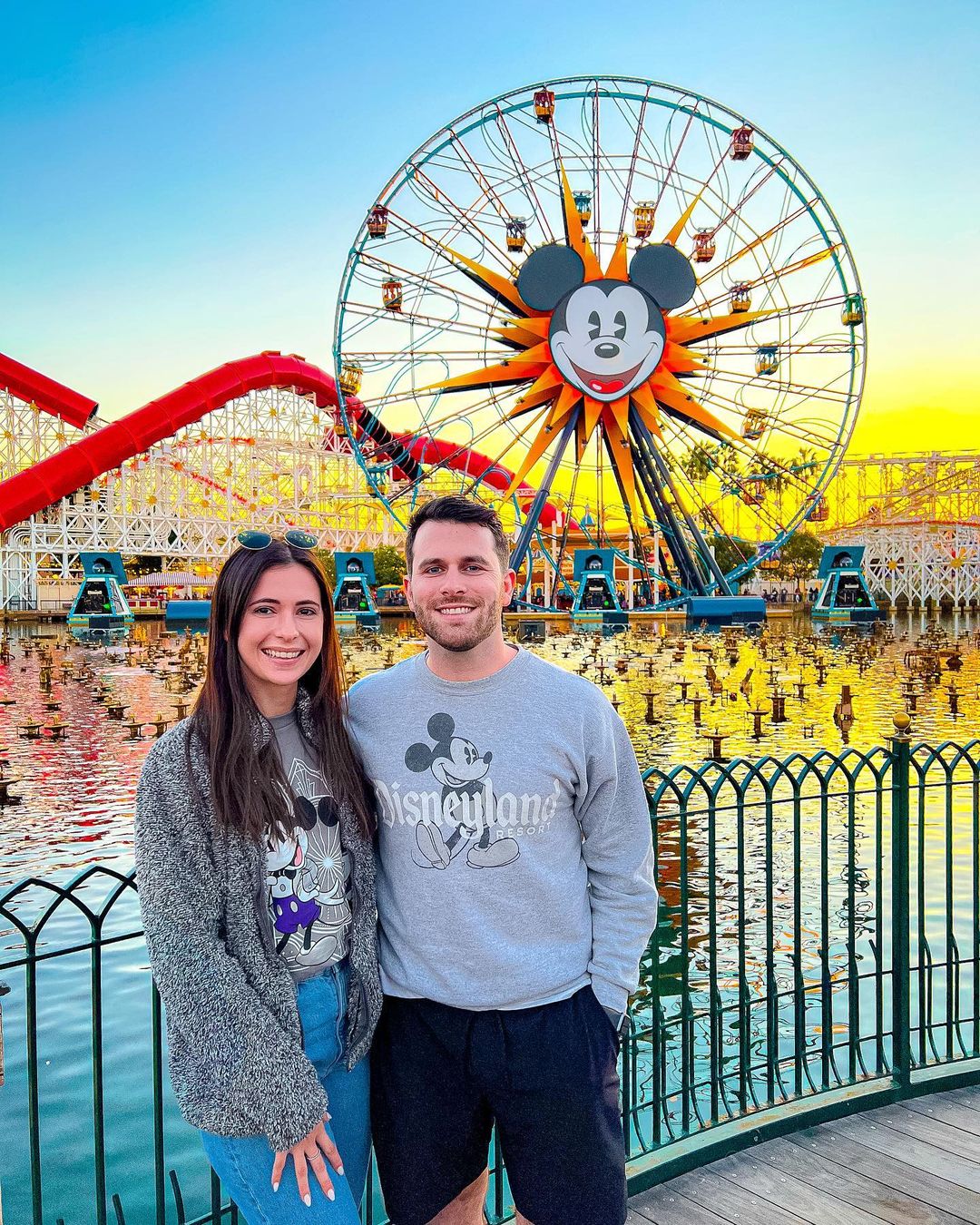In today’s digital age, it’s nearly impossible to find a business that doesn’t have some sort of online presence. Authors, whose names were only publicized on the cover of their novels, and insurance agents, who heavily relied on word-of-mouth marketing to grow their business, now have interactive and engaging websites. Even fitness professionals and public speakers have joined ranks with the retail stores to become online aficionados.
While having a website is great for business, if it’s not fully optimized with the inclusion of a sales funnel, the web page is not going to continually drive revenue and attract new customers. Ask Dakota Burford, a serial entrepreneur and owner of Luxvoni Marketing. His company has helped over 200 businesses, ranging from startups to Fortune 500 companies, develop and refine the respective sales funnels needed to take operations to the next level.
“I started Luxvoni Marketing in 2015 to help business owners capitalize on their potential,” says Burford. “All too often, I come across entrepreneurs who are launching amazing courses or offering stellar services that are having trouble converting their audience to paying customers. The solution to this problem is a well-executed sales funnel and my goal is to make sure this important step doesn’t get overlooked.”
Back to Basics
For those who aren’t clear on what a sales funnel is, many industry professionals also refer to this as the buyer’s journey. Before a customer deems a product or service worthy of their hard-earned cash, they will go through about four different stages to solidify their interest in the company in question.
The first step is awareness, and, in this stage, businesses should be fully focused on boosting visibility of their brand. This isn’t a time to overly push a product or service, but to provide value by sharing solutions or ideas.
Burford notes that this step can be done through sponsored media posts, webinars or videos. Once you’ve grabbed the customer’s attention, the next stage is interest. Keep building the credibility of the relationship by crafting an email campaign, posting a blog, etc. The third phase is desire, which is when a customer is considering a purchase. This is a great time to highlight testimonials, live demos and more. Lastly, comes the action stage, and this is when businesses aim to convert to a sale. Including a video training series or special offer code are great assets here.
“While knowing how a sales funnel works is important, it’s also crucial to have a knowledgeable team assist in the design and launch,” says Burford. “I’m proud to have copywriters, ad experts, and designers on my team to ensure our clients receive intentionally crafted, purposefully executed sales funnels. I recommend all business owners outsource their sales funnel creation, as this will only aid in overall success.”
Also Read: Brian Hess Shares 5 Reasons Your Construction Company Needs a Digital Marketing Strategy
Burford offers a free training on his website for those interested in taking a deeper dive into the intricacies of building a sales funnel.








